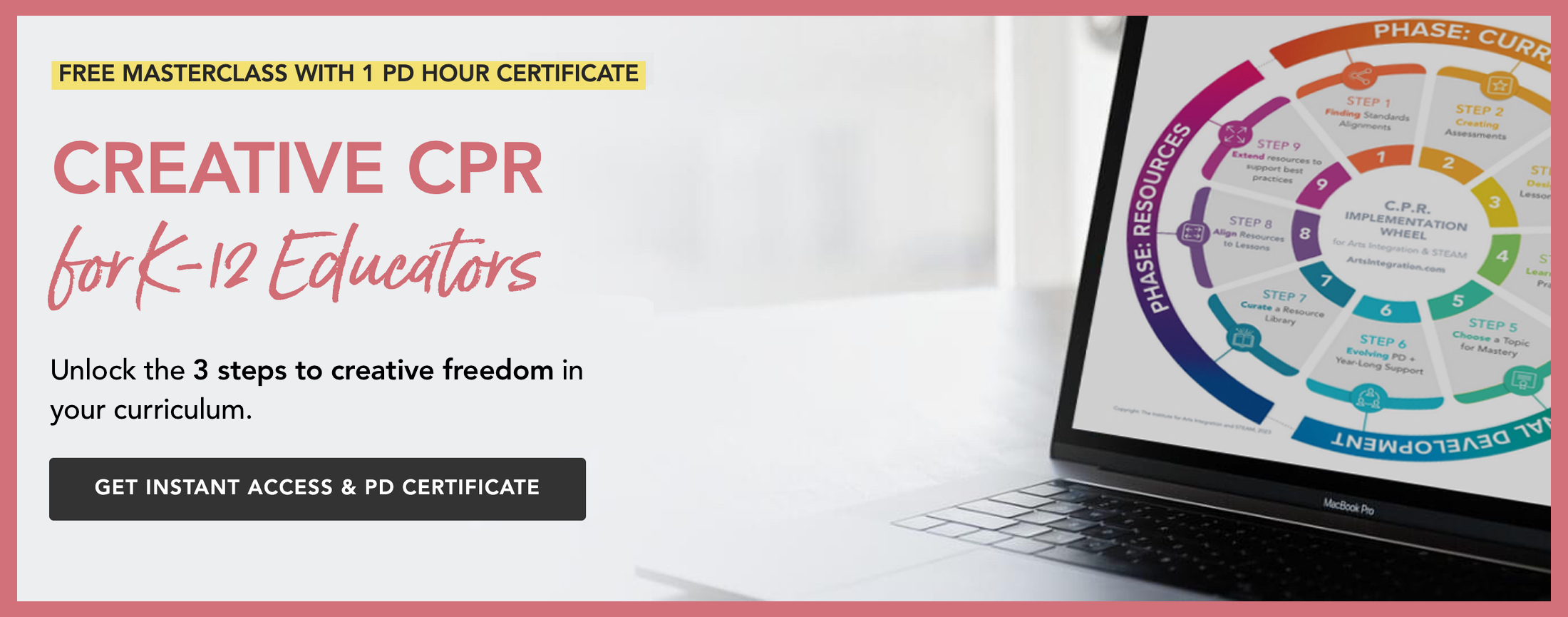Zentangle Goal Setting for Precision, Patterns, and Perseverance
3 Min Read • Arts Integration
Heading back to school after a long break can be a challenge for teachers and students alike. I prefer to start the New Year with some goal setting for students. A picture I saw on Pinterest inspired this activity, and I added some visual art and math standards to develop it into our first arts integrated project of 2016. Here are some lesson plan ideas you could adapt to use with your class with Zentangle goal setting.
Reaching for the Stars Lesson
Zentangle Goal Setting for Precision, Patterns, and Perseverance
Art Standard: #VA:Cr3.1
Process Component: Reflect, Refine, Continue
Anchor Standard: Refine and complete artistic work.
Essential Question: What role does persistence play in revising, refining, and developing work?
Common Core Math Practices discussed:
CCSS.MATH.PRACTICE.MP6 Attend to precision.
CCSS.MATH.PRACTICE.MP1 Make sense of problems and persevere in solving them.
CCSS.MATH.PRACTICE.MP7 Look for and make use of structure.

http://art-m.marshalles.schools.pwcs.edu/modules/groups/homepagefiles/announcement/2969343–2195679.jpg
Goal Setting
Prerequisite lesson:
- Complete the activity described in this Edutopia article, modifying it for the middle of the year instead of the beginning and adapting for your grade level or chosen virtues. Focusing on SMART goals:
S = Specific
M = Measurable
A = Attainable
R = Relevant, Rigorous, Realistic, and Results Focused
T = Timely and Trackable
- With the class, read the New Year’s Resolutions paper to learn more about New Year’s Resolutions. Find it here: New Years Resolution
- Connect the idea of a SMART goal and relate it to a New Year’s resolution.
- Have students brainstorm 3 possible SMART resolutions for 2016.
- Allow students to discuss these ideas with a partner, or if time, conference with students to help them choose the best resolution out of those three. Students should publish the sentence describing their resolution on a plain index card.
Art Connection To Zentangle Goal Setting
- Have students work together to trace and cut their arm and hand on strips of 18” construction paper, forming a raised hand as shown in the picture above.
- Give instructions on how to create a Zentangle goal setting in the rectangular part of the cut-out arm. (This helps if you don’t have background on Zentangles)
- Review the word precision, and connect it to this activity. Ask students to share other times when precision is necessary for quality work. Surely someone will bring up math computation and measuring. If they don’t, lead them there!
- Point out the repetitive patterns that give Zentangle goal setting their trademark look.
- As students work, some get frustrated that the project takes patience. Discuss the need for persistence, as they are creating, and creatively working any “mistakes” into their design. I talk with my class about the need for training our brain to do tasks that require endurance, such as solving difficult math problems without giving up. Some students may need that endurance and perseverance to complete their Zentangle goal setting. Hearing the vocabulary related to art as well as math provides students with a deeper understanding of the words.
- While students are working, many art vocabulary terms will come up (positive and negative space, shading, etc.), as well as geometric vocabulary words. This falls before my geometry unit, so it is helpful for me to use the exact geometric terms to help students become familiar with them before they have to work with them mathematically. (We have a big focus on quadrilaterals in my grade level so I use specific vocabulary such as trapezoid, parallelogram, rhombus, etc instead of just square and rectangle).
- Or, depending on time and level of students, use resources from The Helpful Art Teacher to teach about patterns, leading to Zentangles.
To Finish It Off,
After students create their Zentangles on their arm (and hand if they choose), have them attach the index card to the palm. This makes a great display under the heading, “Reaching for the Stars in 2016!”. Make sure to have students record their goal/resolution on the goal tracker sheet. Revisit this throughout the semester so that students can reflect upon their accomplishments.
If they have met their goal, revise to make it more challenging, or set a new one. You may choose to conference with students individually about this, or have students meet in pairs or small groups to have a formal discussion on goals and reflect on their progress towards them. There are many great SMART goal-setting products for free and for sale on Teachers Pay Teachers.
Happy 2016!



